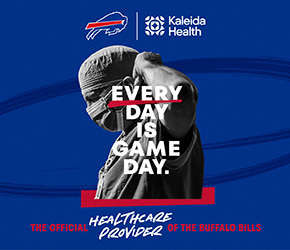Empowering Contraceptive Choices

Since the birth control pill was introduced nearly 60 years ago, global fertility rates have dropped from 5 children per woman in 1960 to 2.5 today, driven by medical innovation and the growing empowerment of women, according to research published in Science.
The non-profit Power to Decide reports that despite progress, more than 19 million women in the United States live in “contraceptive deserts,” where provider shortages, restrictive policies, and cost barriers limit access. Transportation challenges, long wait times, and clinic shortages can also prevent patients from receiving necessary care. At a recent roundtable sponsored by the Rowan Foundation and hosted by the University of Houston Student Health Center, clinicians and women’s health experts emphasized that contraceptive care must be personalized to each woman’s individual goals, lifestyle, and health needs.
“Genuine reproductive autonomy starts with informed and supported contraceptive choices,” says Vian Nguyen, MD, F.A.C.O.G., medical advisor to the Rowan Foundation and a panelist at the roundtable. “This involves having access to reliable information, receiving respectful counseling, and having the ability to select a contraceptive method that aligns with a woman’s individual preferences and health requirements.” Panelists agreed that:
Access begins with education.
Only 20 states require that contraception be included in sex education, and even fewer mandate teaching medically accurate information, according to the Guttmacher Institute. Myths and misinformation flourish in that void, often disseminated through social media or peer discussions. Thus, clinicians are encouraged to create open, judgment-free spaces for honest discussions with their patients. When young women feel empowered to ask questions, they are more likely to make informed and confident decisions.
Understanding Risks and Side Effects.
A critical aspect of personalized care is helping patients understand side effects. Weight gain often concerns young women, especially on social media, but not all birth control methods cause it. While one person may experience headaches or water retention from a contraceptive pill, another may not, highlighting the individualized nature of contraceptive communication. Common side effects, such as weight gain, are well-known. However, serious risks, including high blood pressure, deep vein thrombosis (blood clot in a limb), and pulmonary embolism (blood clot in a lung), are largely overlooked, creating a substantial information gap. Addressing these risks requires sensitivity and clarity.
Improving Satisfaction Through Shared Decision-Making.
When patients feel heard and supported, they are more likely to be satisfied with their choices. Shared decision-making and clear communication build trust and improve outcomes.
- The panelists recommended that providers audit their counseling to ensure it includes all contraceptive methods, including nonhormonal options, and offer patient-centered care tailored to individuals.
- Schools implement evidence-based sex education including information about contraceptive options.
- Policymakers prioritize short-term funding to expand telehealth and mobile clinic access in underserved areas, and support pilot programs that test new decision-support tools for personalized contraceptive counseling.
- Patients and advocates seek accurate information and use contraceptive decision aids to find methods that align with their needs.
The roundtable proceedings can be viewed at www.alexrowanfoundation.org/roundtable.











